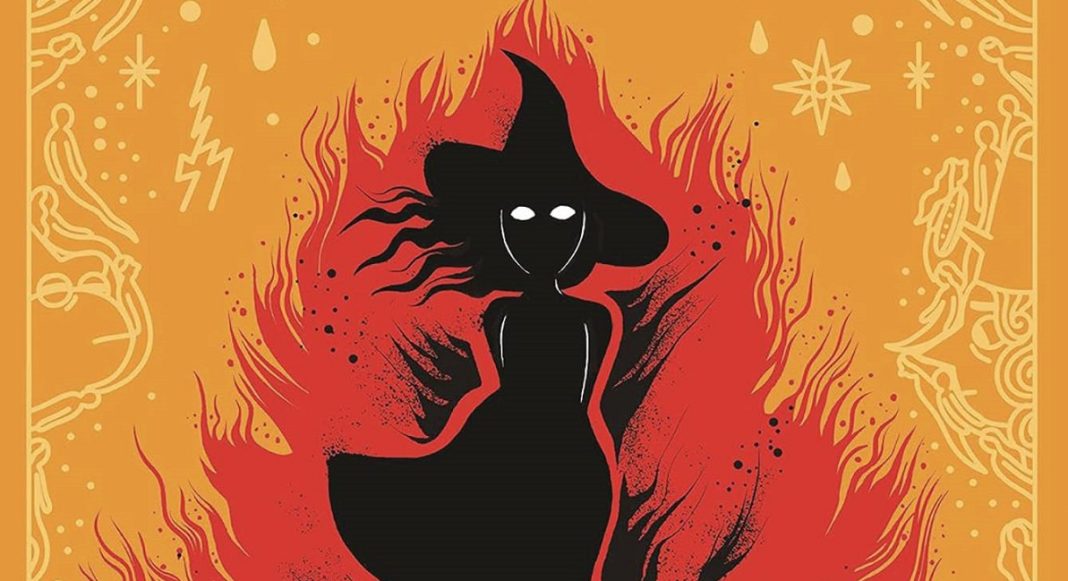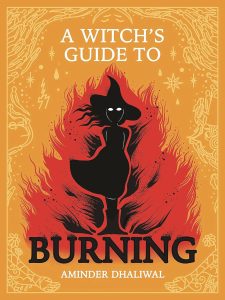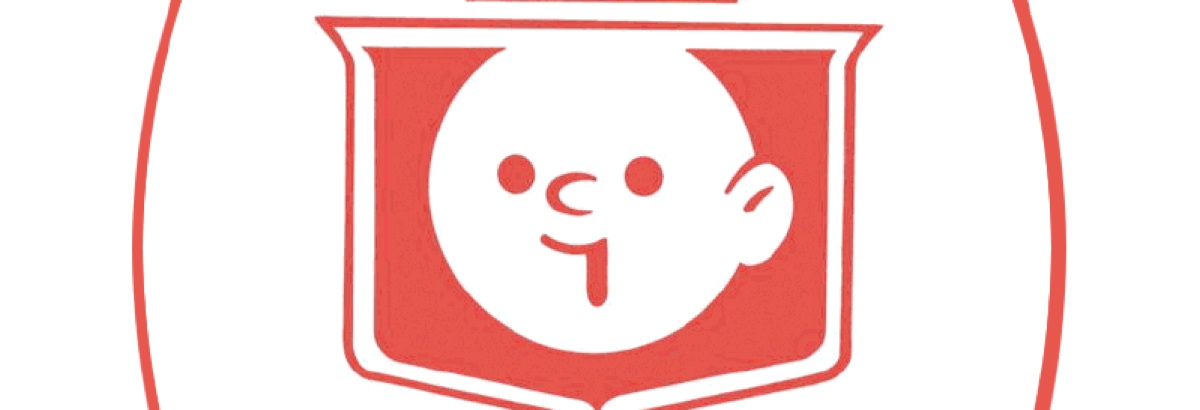 A Witch’s Guide to Burning
A Witch’s Guide to Burning
Creator: Aminder Dhaliwal
Publisher: Drawn & Quarterly
Publication Date: May 2024
One of my major interests within the comics format is the usage of poetry therein. Poetry, contrary to popular belief, is among the trickier forms of writing. It is not simply writing in a specific meter with a rhyme scheme and a few colorful phrases. Poetry requires an understanding of meaning. The effect of a word or phrase both in context and in isolation. It is quite possibly the most underrated visual medium because it is not typically seen as a visual medium.
Take, for example, the previous paragraph. As written, it has the effect of a typical work of prose writing wherein the goal is exposition regarding my own personal relationship with the medium. As such, the words are contextualized within the nature of prose and are read in a specific way that emphasizes specific elements because of where they are placed within the paragraph. But suppose I wrote the paragraph thusly:
One of my major interests within
the comics format is
the usage of poetry
therein.
Poetry,
contrary to popular belief,
is among the trickier forms of writing.
It is not simply writing
in a specific meter
with a rhyme scheme
and a few colorful phrases.
Poetry
requires an understanding
of meaning.
The effect of a word
or phrase
both in context
and in
isolation.
It is quite possibly the most underrated visual medium
because it is not typically seen as
a visual medium.
As you can see, each sentence is a different stanza. Moreover, specific words and phrases take on new emphasis because of their removal from the paragraph’s context. The brain registers an emphasis on “or phrase” as separate from the rest of the sentence because of it being in a completely different line. Patterns emerge from the structuring of sentences unnoticed in traditional prose such as “It is not simply writing/in a specific meter/with a rhyme scheme/and a few colorful phrases.”
And yet, this remains a quite simplistic poetic form. While the poem completely utilizes enjambment, it does so solely within the context of each stanza. Imagine, for example, if the word “isolation” was in its own stanza rather than acting as the final line of a stanza. For that matter, the poem relies on traditional grammar techniques such as capitalization and punctuation. How would the poem read with those elements excised? Or, for that matter, if specific words and phrases were bolded, written in a different color, or excised completely.
I bring this up because this is where my mind immediately went to the second I opened A Witch’s Guide to Burning. While on the surface appearing to be more in line with the illustrated prose of Carrol’s Alice in Wonderland or Jolley’s Unbecoming, Aminder Dhaliwal’s follow up the excellent Cyclopedia Exotica utilizes several poetic devices, including several exclusive to the comics medium.
The most obvious of these comes in the very first page: erasure.
Erasure is a form of poetry wherein one takes an already existing text (whether it be invented by the poet or by another author) and removing elements of the text. The original text from which the erasure has been done is still present, but hidden, be it by fire, ink, or damage. It is known that there were once words here with meanings and implications of their own. But they have been deliberately taken from us. In this case, by fire.
There are several other elements of poetry that are used here, but the one exclusive to the medium is that of the word balloon. We don’t often think of the word balloon’s role within the visual landscape of a comic. Oftentimes, we just see it as acting as extension of prose that gets in the way of the pretty pictures. However, when designed with a visual language in mind, they can be quite spectacular and poetic. Consider this page from chapter 9 of A Witch’s Guide to Burning:
When thinking of the visual nature of the balloons, it is often thought of the shape of the balloon. However, here Dhaliwal uses traditional round balloons rather than (to use an example from earlier in the comic) fire shaped balloons. However, there is a deliberateness to the placement of the balloons. Each one highlights the several voices clearly enough to be understood by the reader while also making it abundantly certain that this is a cacophony of voices rather than a singular conversation. Furthermore, the lettering work by Dhaliwal likewise shows the personalities of the various speakers without having to show any of their physical forms.
Indeed, the comic’s true masterclass when it comes to poetry is in its lettering. Each word highlights a specific effect of that word. Wind drifts through the page, ashes linger and dissipate, words are snapped in two. All at the service of presenting the reader with the specific mood of each moment. A fantastic example of form and meaning. Highly recommended.
Read more great reviews from The Beat!














